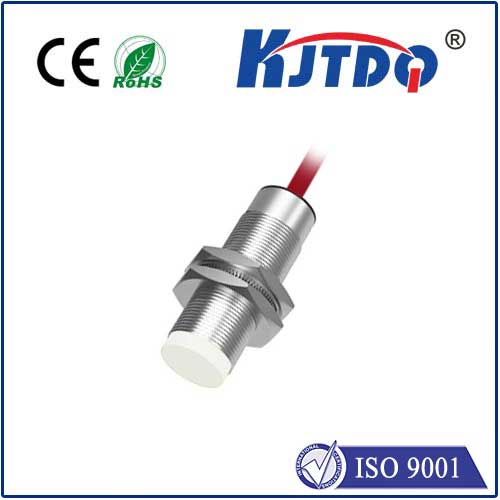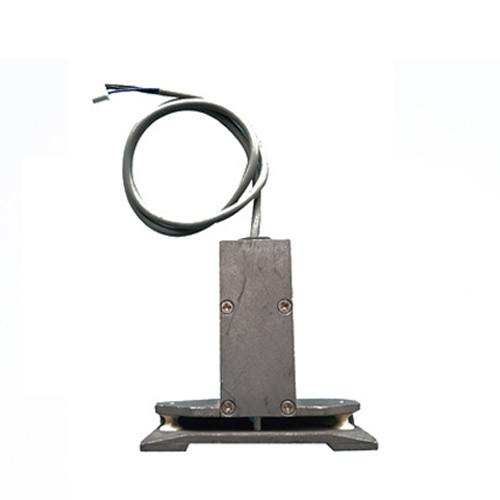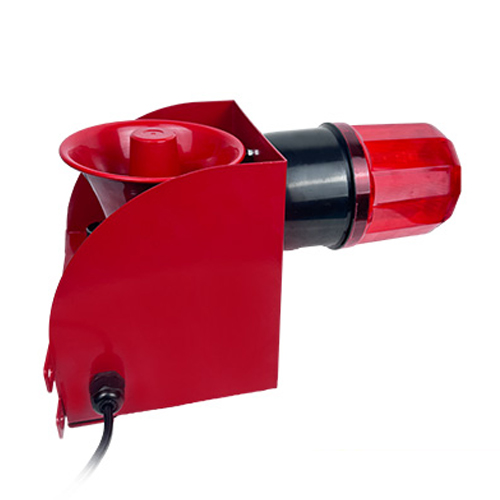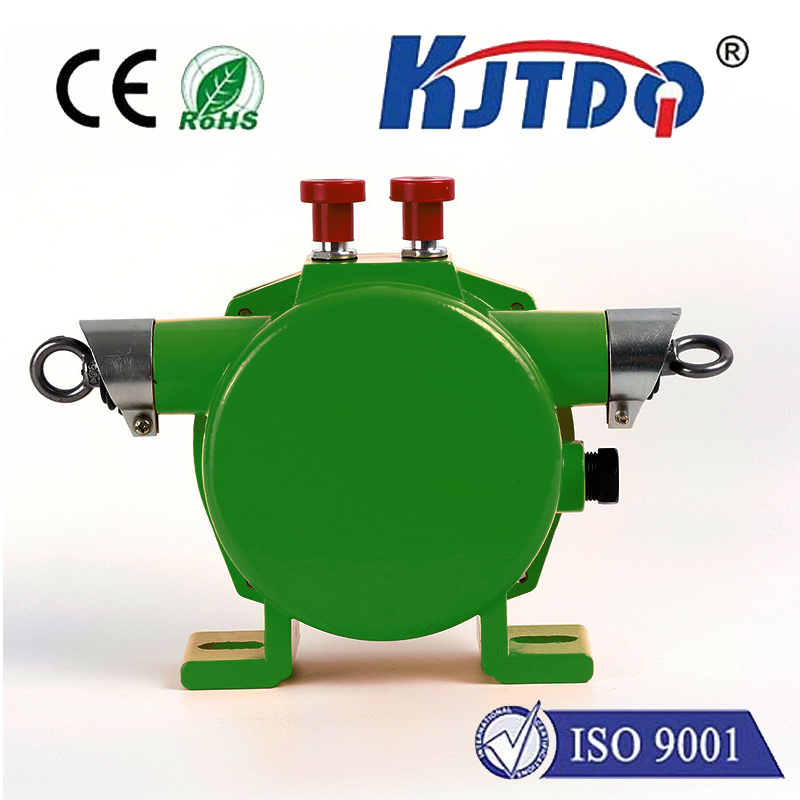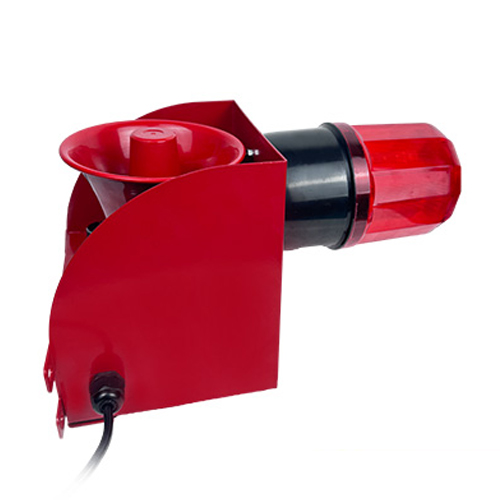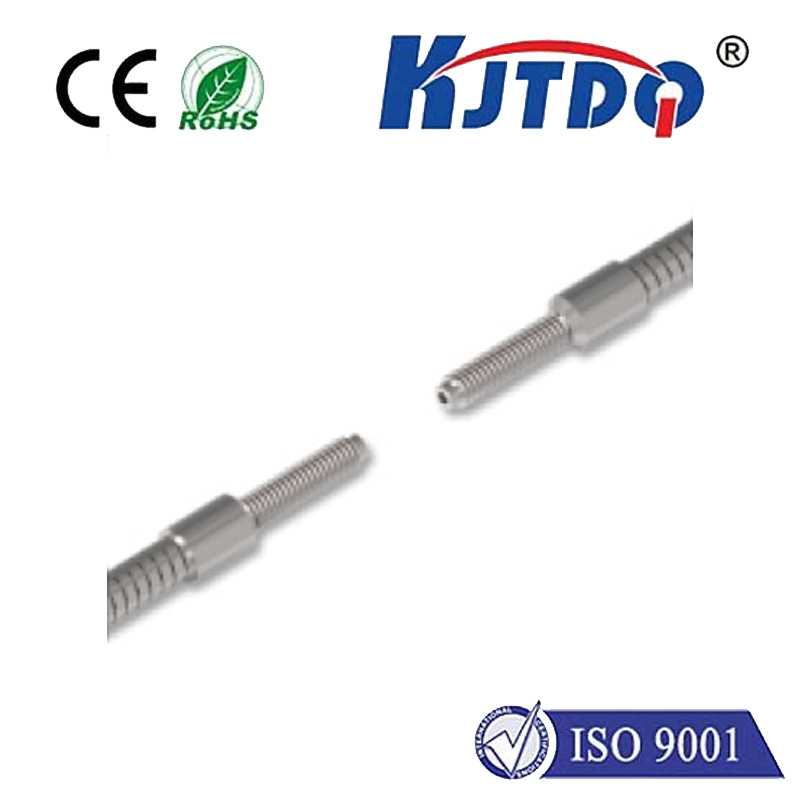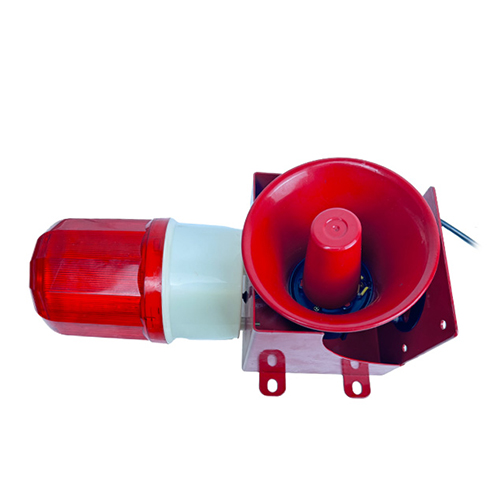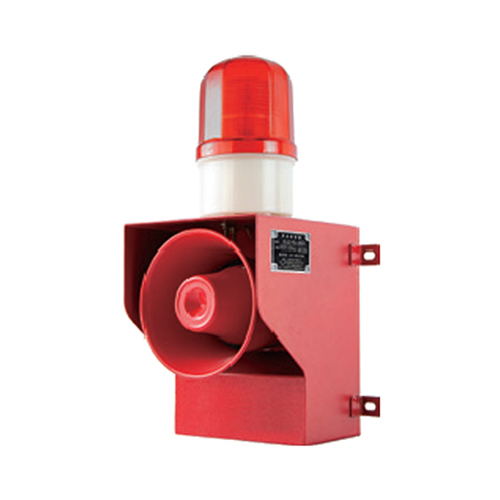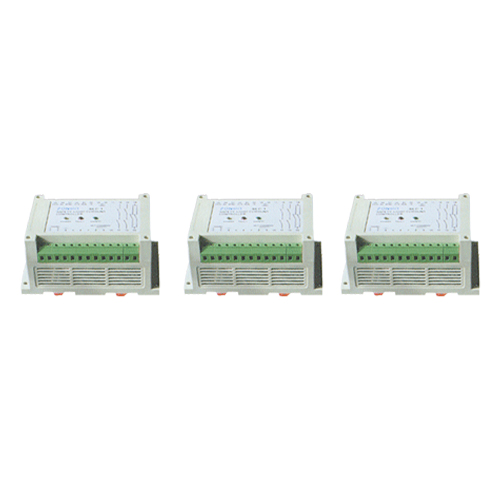

check

check

check

check

check

check

check

check

check

check
Exploring the Importance of Horizontal Limit Switches in Industrial Automation
The role of horizontal limit switches has become increasingly important in the field of industrial automation. These switches are designed to detect and control the positioning and movements of various machinery and equipment. With their precise functionality, they contribute significantly to improving safety, efficiency, and reliability in industrial operations.
A horizontal limit switch operates based on the principle of mechanical actuation. It is typically mounted at a designated location on a machine or conveyor system. As the system moves horizontally, the switch is activated when it reaches a predefined limit or boundary. This activation triggers a signal that can be used to stop or reverse the motion, preventing potential collisions, damage, or accidents.

One key advantage of using horizontal limit switches is their ability to enhance safety measures. By setting limits on machine movement, operators can avoid dangerous scenarios where machinery might overshoot its intended path. For instance, in a conveyor belt system, a switch can halt the mechanism before items fall off the end or collide with other structures, protecting both the cargo and the equipment.
In terms of efficiency, horizontal limit switches streamline automated processes by ensuring consistent machine performance. They allow for repeatable accuracy during production runs, reducing the need for manual intervention and minimizing downtime. Additionally, their use can help maintain product quality by ensuring consistent machining or cutting depths in manufacturing applications.
Moreover, horizontal limit switches are critical for reliable operation as they provide feedback to control systems. This feedback is essential for monitoring machine health and identifying any anomalies that could indicate a need for maintenance or repair. By integrating these switches into smart diagnostic routines, predictive maintenance programs can be implemented, extending the lifespan of machinery and saving costs associated with unplanned downtime.
When selecting a horizontal limit switch, factors such as switch type (e.g., roller lever, spring-loaded lever), actuation force, and environmental conditions must be considered. The chosen switch should match the specific requirements of the machinery it controls and be able to withstand the environmental conditions of its operating context.
In conclusion, horizontal limit switches are an integral component of industrial automation systems. Their ability to ensure safety, improve efficiency, and promote reliability makes them indispensable tools for modern manufacturing and processing facilities. As technology continues to advance, the sophistication of these switches will likely increase, further enhancing their value in industrial settings.
